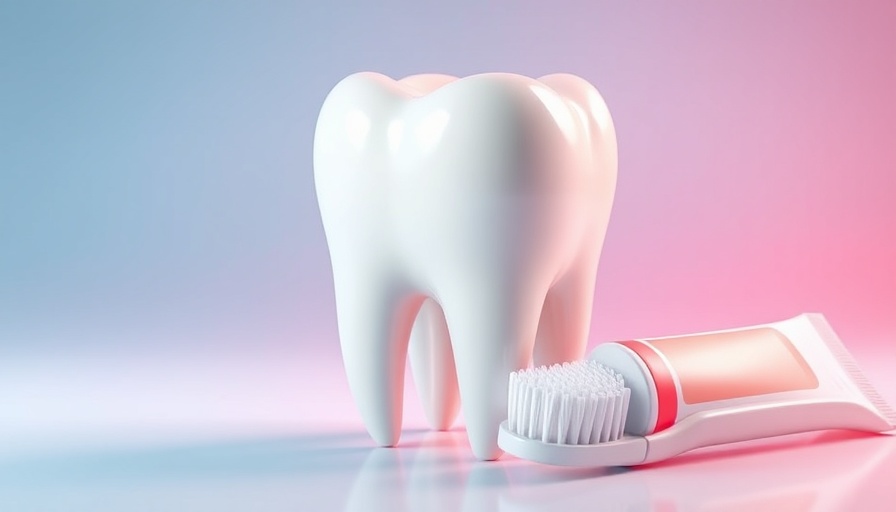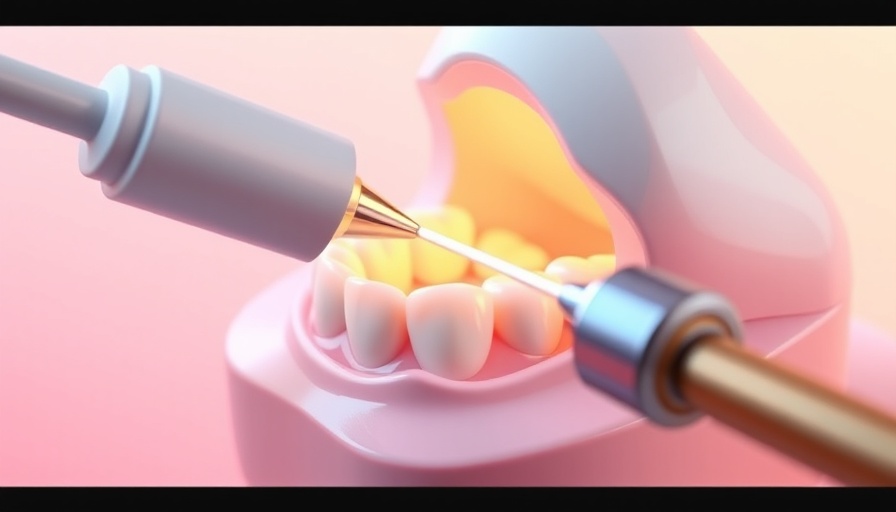
Understanding Noncarious Cervical Lesions
A groundbreaking study has unveiled key risk factors contributing to noncarious cervical lesions (NCCLs). As pediatric dentists and orthodontists well know, these lesions can significantly impact dental health, yet their origins often remain misunderstood. The recent findings empower dental professionals to better predict and manage such conditions, ultimately improving patient outcomes.
Unique Benefits of Knowing This Information
By understanding these risk factors, dental practitioners can adopt more personalized treatment plans for their patients. For instance, dentists can now monitor at-risk individuals more closely, and orthodontists can adjust aligners or braces to minimize stress factors known to exacerbate NCCLs. This insight leads to preemptive care strategies that not only foresee problems but also enhance long-term oral health.
Future Predictions and Trends
As research continues to evolve, the dental industry could see significant advances in preventing and managing NCCLs. Future studies may pinpoint additional risk factors or reveal novel treatment methodologies, enabling further proactive care. This forward-thinking approach places dental professionals at the forefront of innovative patient care, prepared to adapt to emerging trends and technologies.
 Add Row
Add Row  Add
Add 




 Add Row
Add Row  Add
Add 

Write A Comment